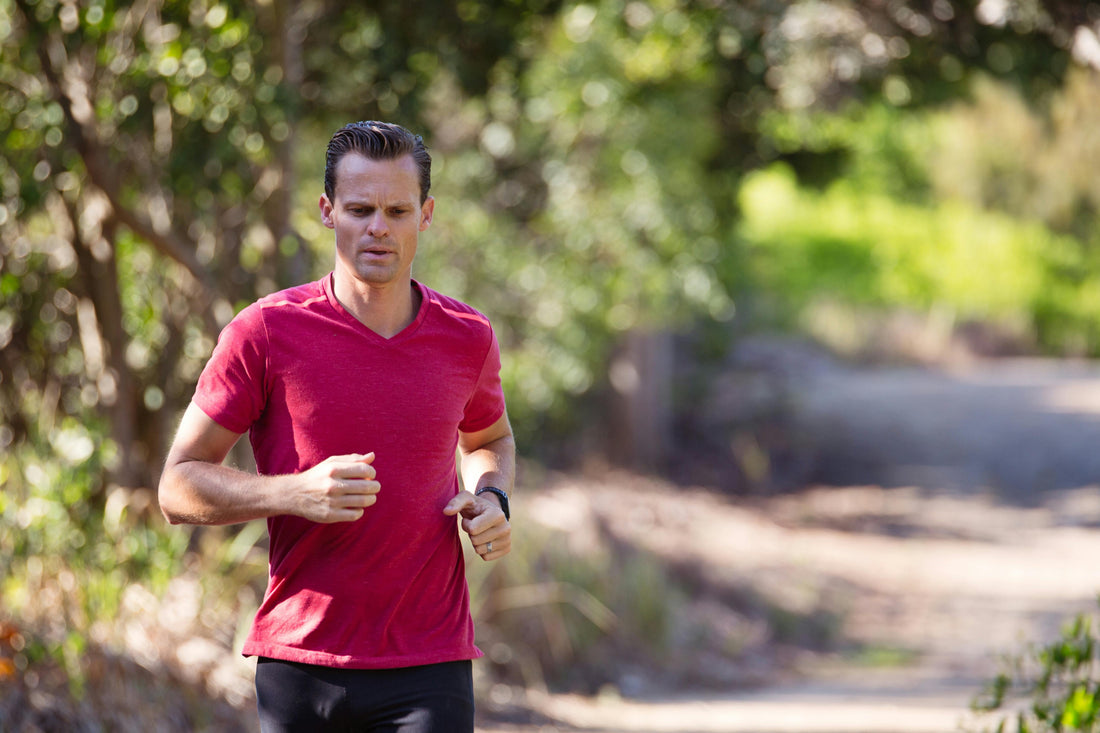
Why Are We (Not) Motivated to Exercise?
Share
Physical activity isn’t just about going to the gym or running marathons. It includes everything from walking your dog to cleaning the house or playing with your kids. It’s a part of life—from before we're born to our old age. Moving our bodies helps us grow, stay healthy, manage stress, and feel good.
But here’s the problem: many people still don’t move enough, even though we know it’s good for us. Why is that?
What Drives Us to Move?
Motivation is the energy behind our actions. In the case of physical activity, motivation can come from many places. You might work out to get fit, look better, have fun, or relieve stress. Scientists call these reasons “goals.” But motivation is not always stable. It can change depending on how you feel, your surroundings, or even the time of day.
The Mind and Body Work Together
New research shows that it’s not just about setting goals or having willpower. Our brain, nervous system, and even our gut can affect our motivation to move. This is what’s called a psychophysiological approach—understanding how our mind and body work together.
For example, parts of the brain release feel-good chemicals like dopamine during or after exercise. These chemicals can make us enjoy movement and want to do it again. But if your brain isn’t releasing enough of these chemicals, you might feel less driven to exercise—even if you know it’s good for you.
Stress, Mood, and Energy Play a Big Role
Have you ever felt too tired or stressed to move? That’s no surprise. Stress can either push you to move (like running when you’re scared) or hold you back (like freezing when overwhelmed). Also, mental health conditions like depression can reduce your desire to exercise by affecting motivation and energy levels.
Interestingly, too much movement can also be a problem for some people. A small number develop “exercise addiction,” where they feel they must work out all the time, even when they’re injured or sick.
Different People, Different Motivations
We don’t all respond to exercise the same way. For some, a short walk can boost mood. Others may need a hard workout to feel the benefits. Things like age, past experiences, brain chemistry, and even culture influence what motivates us.
Practical Tips to Boost Your Motivation
Here are some science-backed tips to get moving:
- Start small: A 10-minute walk is better than nothing.
- Find joy: Choose activities you enjoy—dancing, gardening, biking, anything!
- Set realistic goals: Don’t aim for perfection. Aim for progress.
- Make it social: Work out with friends or join a group.
- Track your mood: Notice how movement makes you feel, not just how it changes your body.
- Use reminders: Keep your workout gear visible or set calendar alerts.
- Listen to your body: Rest when needed. Moving should feel good, not forced.
Final Thoughts
Our desire to move is shaped by a complex mix of biology, psychology, and our surroundings. It’s not just about willpower. Understanding the deeper reasons behind your motivation (or lack of it) can help you build a more active and healthier life.
So the next time you feel unmotivated to move, don’t be too hard on yourself. Try to tune into your body and mind—and take one small step forward.
